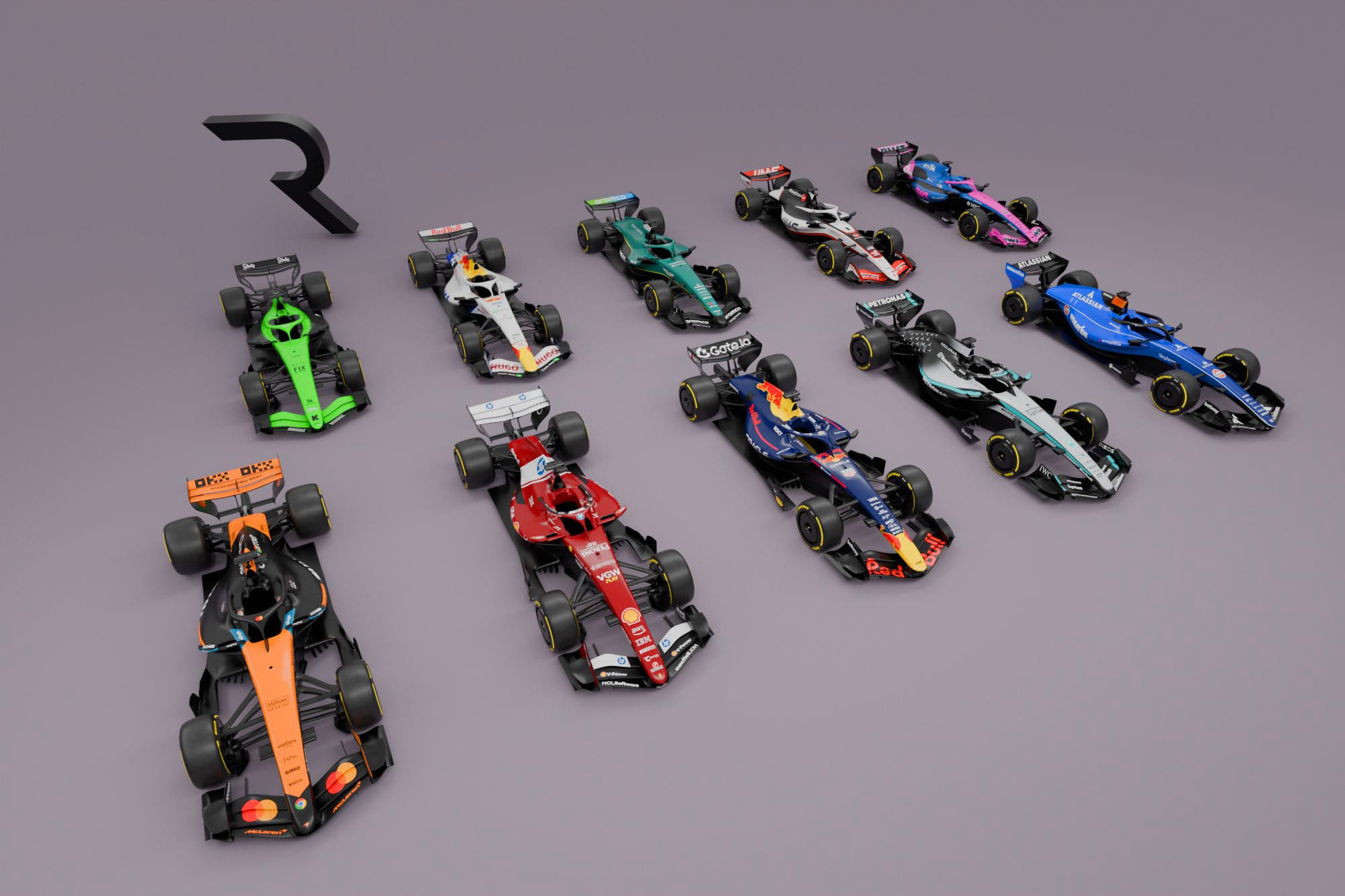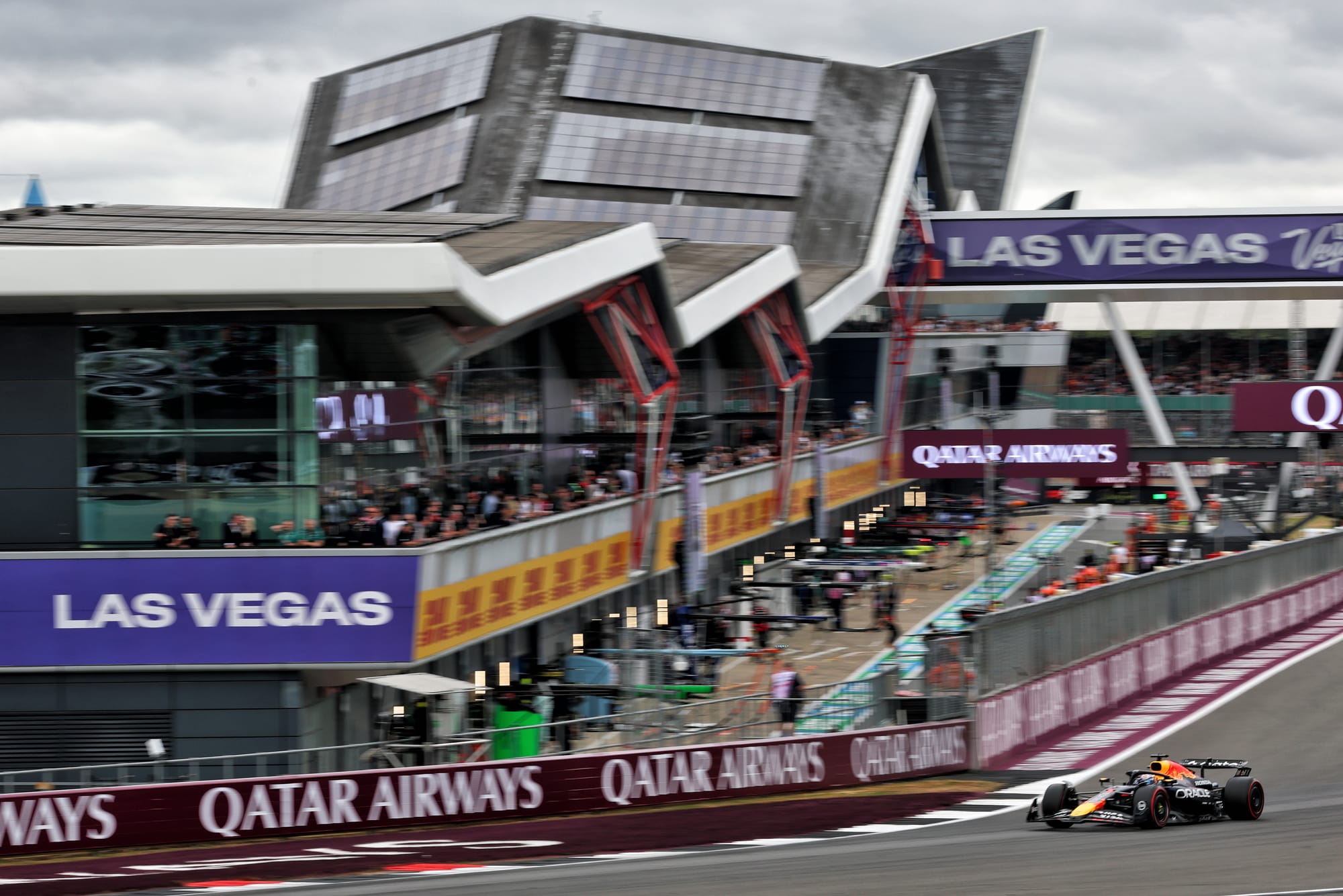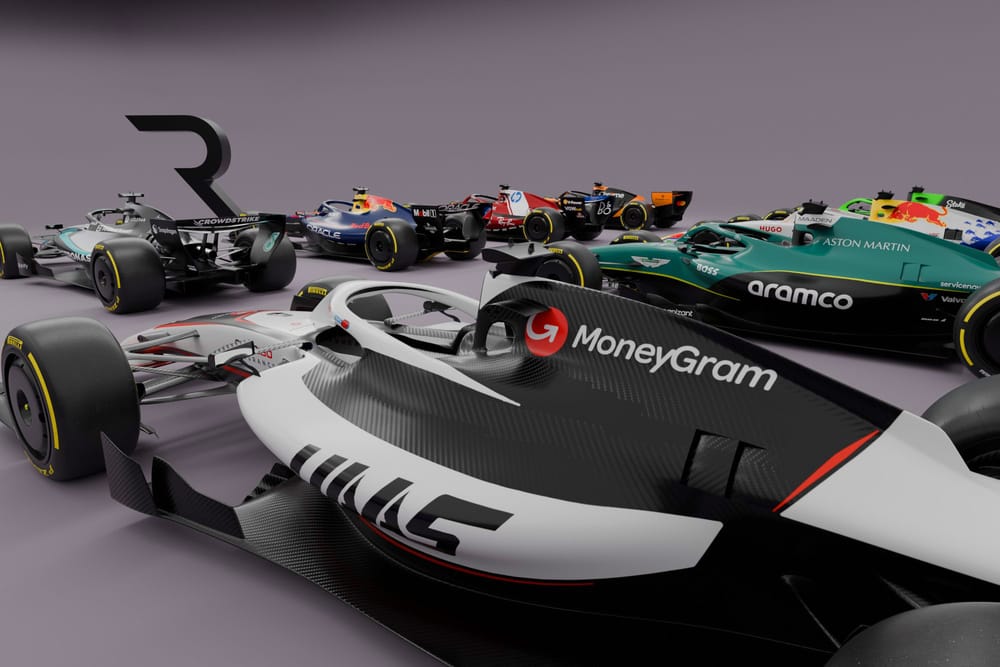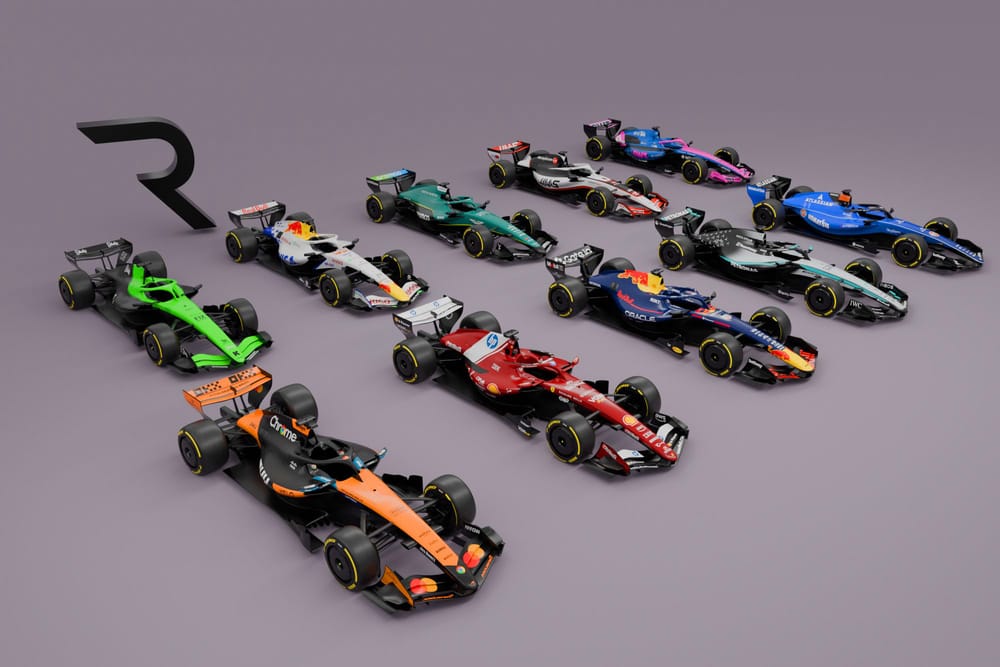Formula 1 driver fears about 2026 cars being unenjoyable to drive and strange to race with could have an interesting twist next year, when the same characteristics should emphasise driver skill more.
A radical overhaul of car and engine rules has created a very different and controversial overall package for 2026. Though the cars will be roughly the same overall laptime - the FIA expects them to be about a second slower to start with - the performance profile will change a lot.
They will have reduced downforce levels to emphasise efficiency on the straights, and bigger braking zones to be able to charge the uprated battery more will combine to make corners longer and slower.
Some drivers, including Max Verstappen, Charles Leclerc and Lance Stroll, dislike the way the 2026 machines behave with less grip and reduced cornering performance, and have a heavy emphasis on energy recovery, after early simulator running.
“The new direction for us drivers is a little bit less attractive and a little bit less nice to drive overall,” said Leclerc.
A big battleground over the 2026 rules has been how to adjust the rules around energy management amid fears many will struggle to deploy electrical power all the way around a lap.
With concerns of extreme tactics such as unusually timed downshifts or revving extremely high through some corners, there has been a lot of discussion over tweaking the regulations to control how much energy is available to be deployed and when, but also how and when the battery derates when the car is at speed.
So the combination of reduced grip and increased emphasis on energy management - even though some of the latter fears may be based on slightly older versions of the rules - are the primary driver of concerns over what kind of racing can be expected in 2026.
“Drivers are extremely used to a certain optimum with the way things are now, and any deviation from it will feel a bit strange,” FIA single-seater director Nikolas Tombazis told The Race.

“Energy management is significant in the rules, there's no doubt about that, but we've worked a lot with the teams to make that a more transparent process to the driver as much as possible.
“Then there's some added factor that clearly we've evolved the technical rules, and mainly on aero elasticity, and some refinements, there's been quite a lot of work on the energy management side. That has to be said.
“Some drivers have driven previous iterations of the rules and so on. Some have driven more recently. We've heard some drivers say positive things, that they don't feel anything is dramatically wrong and so on.
“So, yes, there's definitely more energy management. That is a part of having more electrical [power]. But we believe that, ultimately, the balance between those factors and pure driving and racing will be reasonably OK.”
But as much as there are concerns about the 2026 cars, they could end up helping tackle a broader complaint in modern F1: how much the contribution of the driver has been reduced. It would be an interesting twist if it turns out the new cars actually allow drivers to make more of a difference.
Increasingly downforce-laden cars have removed a few points of differentiation between drivers over the calendar, with prominent examples being Copse at Silverstone and Campsa at Barcelona becoming easy flat.
This is more pronounced than ever with the current generation of ground-effect cars that have immense performance in high speed corners, even though they are awkward to drive at low speed due to being heavier than ever and having a big shift in aero balance as speed is reduced.
Next year, ‘being brave’ will not help the cars go flat through the likes of Copse corner at Silverstone - which one team boss reckons will effectively have three more turns in 2026, as the opening sweeps through Abbey/Farm, Copse, and the start of the famous Maggots/Becketts sequence, will no longer be easy flat.

“We definitely agree on that,” said Tombazis. “There's certainly a lot of flat out corners which are not corners which will change, that we think is an advantage to driver talent.”
Plus, while flat-out sweeps look the most impressive and historically a lot of emphasis has been put on drivers who can be brave in high speed, bigger gains are found in slower corners because more time is spent in them. This will be further emphasised in the 2026 cars.
All of this could, in theory, be a better outcome for drivers, especially as the cars will be slightly lighter than they are now, which will hopefully counter another criticism that F1 cars have lost all their agility.
But the formula itself probably will not become more attractive to them, because none will accept going slower or having less downforce or a worse balance.
“Clearly, if a driver is put in a car with less cornering performance, it's very difficult for them to say they prefer it,” said Tombazis.
“Drivers were also making similar comments in '22. It's not surprising, but I don't want to sound dismissive, because we have been listening a lot, and a lot of the energy management work has been done in reaction to their comments.
“I don't think we are ever going to get full marks and any statements that everything is perfect, because it is a change. And therefore, it will take some getting used to.”





